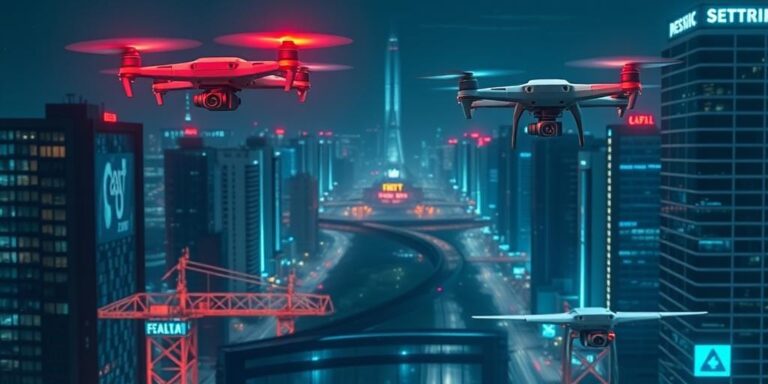IoT for Public Safety and Emergency Response in Cities (2027)
The Internet of Things (IoT) is rapidly transforming urban landscapes, and one of its most critical applications lies in enhancing public safety and emergency response. By 2027, cities will be leveraging advanced IoT technologies to create safer, more resilient environments for their citizens. This article explores the key IoT applications, benefits, and future trends in public safety and emergency response.
Key IoT Applications in Public Safety
-
Smart Surveillance Systems: Integrated networks of high-resolution cameras, equipped with AI-powered analytics, will enable real-time monitoring of public spaces. These systems can detect anomalies such as suspicious behavior, traffic accidents, and potential threats, automatically alerting law enforcement and emergency services.
-
Environmental Monitoring: IoT sensors deployed throughout cities will continuously monitor air quality, water levels, and other environmental factors. This data helps in identifying and responding to pollution incidents, natural disasters, and other environmental hazards more effectively.
-
Smart Lighting: Adaptive street lighting systems that adjust brightness based on real-time conditions (e.g., weather, pedestrian activity) enhance visibility and deter crime. These systems can also integrate with emergency response networks to provide optimal lighting during incidents.
-
Emergency Communication Networks: IoT-enabled communication systems ensure seamless connectivity between first responders, emergency management centers, and the public. These networks support voice, data, and video communication, facilitating coordinated responses during crises.
-
Smart Transportation Systems: Intelligent transportation systems (ITS) utilize IoT sensors and data analytics to manage traffic flow, reduce congestion, and improve road safety. In emergency situations, ITS can reroute traffic, prioritize emergency vehicles, and provide real-time information to drivers.
Benefits of IoT in Emergency Response
- Faster Response Times: Real-time data and automated alerts enable quicker detection of and response to emergencies.
- Improved Situational Awareness: Comprehensive monitoring and data analytics provide a clear understanding of the situation, helping responders make informed decisions.
- Enhanced Coordination: Seamless communication networks facilitate better coordination among various agencies and stakeholders.
- Increased Efficiency: Automated systems and data-driven insights optimize resource allocation and improve the overall efficiency of emergency response efforts.
- Better Preparedness: Continuous monitoring and predictive analytics help cities anticipate and prepare for potential threats and disasters.
Future Trends
Looking ahead to 2027, several trends will further shape the role of IoT in public safety and emergency response:
- 5G Connectivity: The widespread deployment of 5G networks will provide the high bandwidth and low latency required for advanced IoT applications, enabling real-time data processing and analysis.
- AI and Machine Learning: AI-powered analytics will become more sophisticated, enabling predictive policing, automated threat detection, and personalized emergency alerts.
- Edge Computing: Distributing processing power closer to the data source (i.e., edge computing) will reduce latency and improve the reliability of IoT systems in critical situations.
- Digital Twins: Cities will create digital twins – virtual replicas of their physical infrastructure – to simulate emergency scenarios, test response plans, and optimize resource allocation.
- Drone Technology: Drones equipped with sensors and cameras will play an increasingly important role in emergency response, providing aerial surveillance, delivering supplies, and assisting in search and rescue operations.
By 2027, IoT will be an indispensable tool for enhancing public safety and emergency response in cities. Through smart surveillance, environmental monitoring, intelligent transportation systems, and advanced communication networks, urban centers will be better equipped to protect their citizens and respond effectively to crises. As technology continues to evolve, the potential for IoT to create safer, more resilient cities will only continue to grow.




